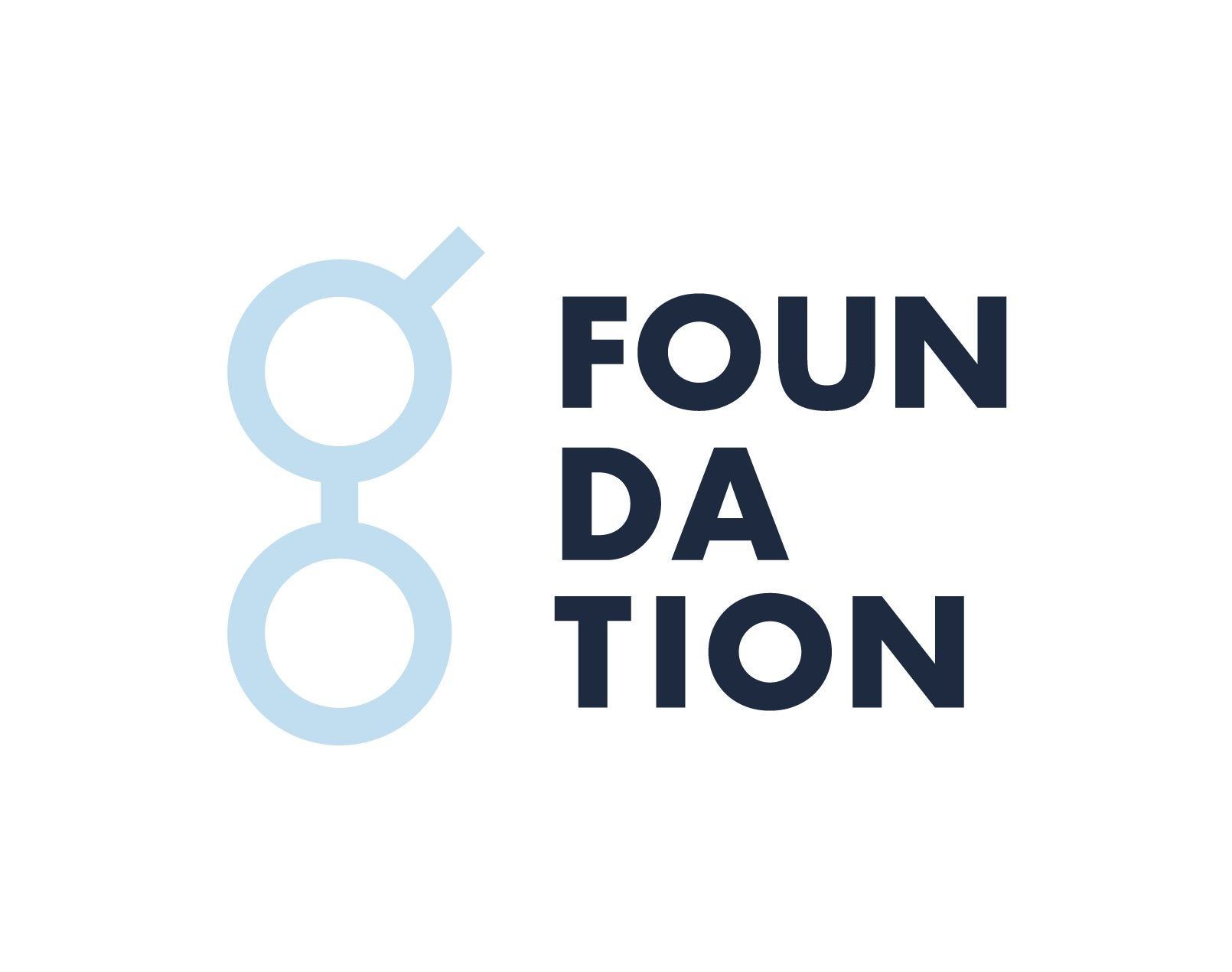Audio Presented by

Enriching the Golem ecosystem. Empowering individuals by decentralizing infrastructure & breaking corporate data silos.
Story's Credibility

About Author
Enriching the Golem ecosystem. Empowering individuals by decentralizing infrastructure & breaking corporate data silos.